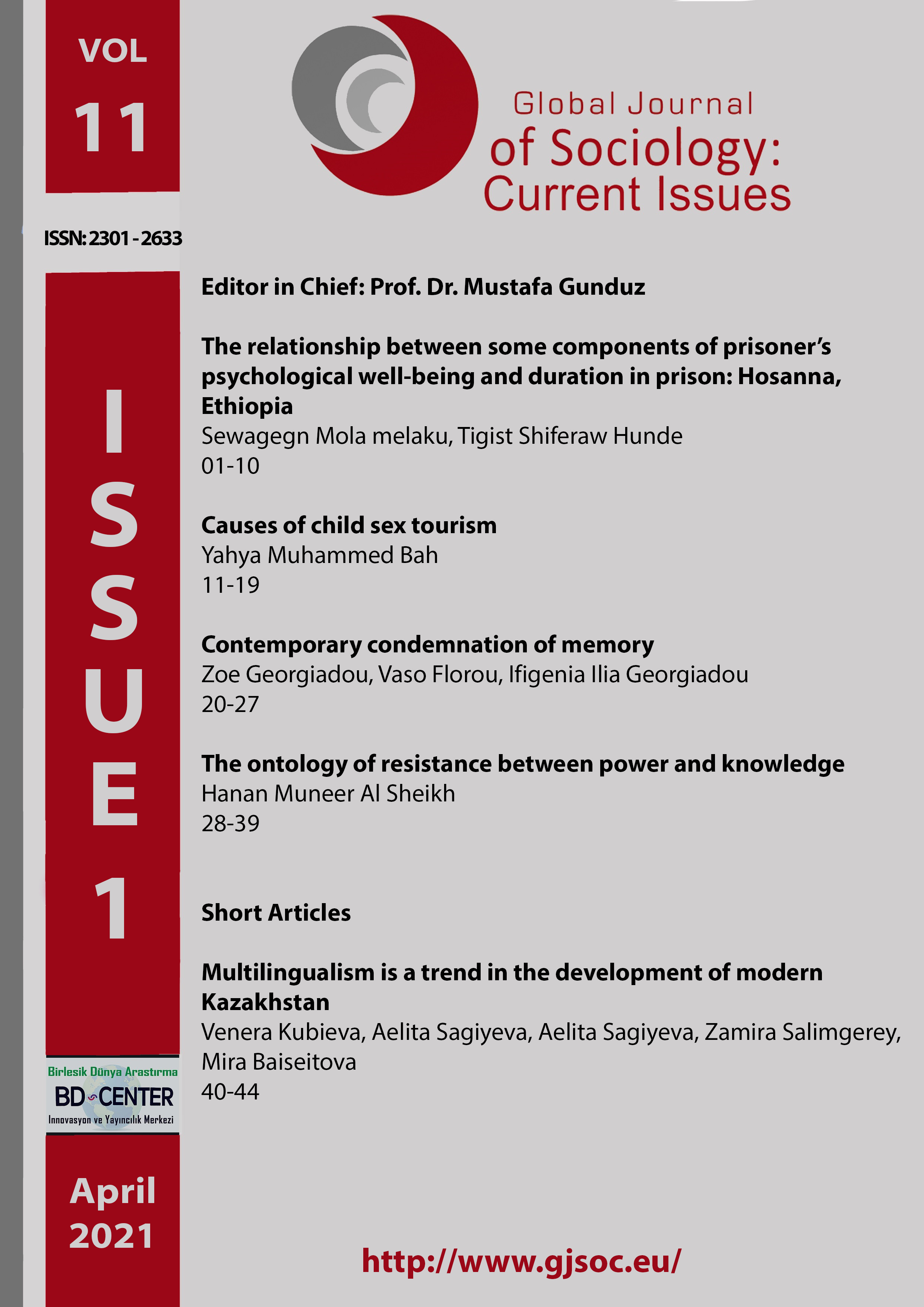Contemporary condemnation of memory
Main Article Content
Abstract
Mnemosyne in Greek mythology was the daughter of Gaea and Uranus, and mother of the nine Muses, whose father was Zeus. She was the personification of memory and was connected in this way to the Arts, as artists recalled primordial memories to draw inspiration for their creations. ‘Damnatio memoriae’, the Roman punishment meaning condemnation of memory, was an official sanction, successful in wiping out the memory of any individual who was convicted of being a tyrant, a traitor or another sort of enemy of the state. The images of such condemned persons had to be destroyed, their names erased from inscriptions and every element concerning their public presence was purged. In some cases, the residence of the condemned could be destroyed, and if the person was already dead, his grave was demolished and his last will nullified. Nowadays, the condemnation of memory could be connected to a series of incidents selected to be erased from the public conscience as if they have never happened, although they represent historical or even ordinary events – genocides, wars, migration flows, gender-based violence and others. This paper focuses on the contemporary condemnation of memory using Art as a methodological tool. We argue that art represents a way to investigate current circumstances that aim to wipe out collective memory. We probe these expressive forms that are derived from historically transformed roles and compile these facts that are consigned to oblivion.
Â
Keywords: Memory, oblivion condemnation of memory, art and memory, Florou, Ilia-Georgiadou.
Downloads
Article Details

This work is licensed under a Creative Commons Attribution 4.0 International License.
Authors who publish with this journal agree to the following terms:- Authors retain copyright and grant the journal right of first publication with the work simultaneously licensed under a Creative Commons Attribution License that allows others to share the work with an acknowledgement of the work's authorship and initial publication in this journal.
- Authors are able to enter into separate, additional contractual arrangements for the non-exclusive distribution of the journal's published version of the work (e.g., post it to an institutional repository or publish it in a book), with an acknowledgement of its initial publication in this journal.
- Authors are permitted and encouraged to post their work online (e.g., in institutional repositories or on their website) prior to and during the submission process, as it can lead to productive exchanges, as well as earlier and greater citation of published work (See The Effect of Open Access).
